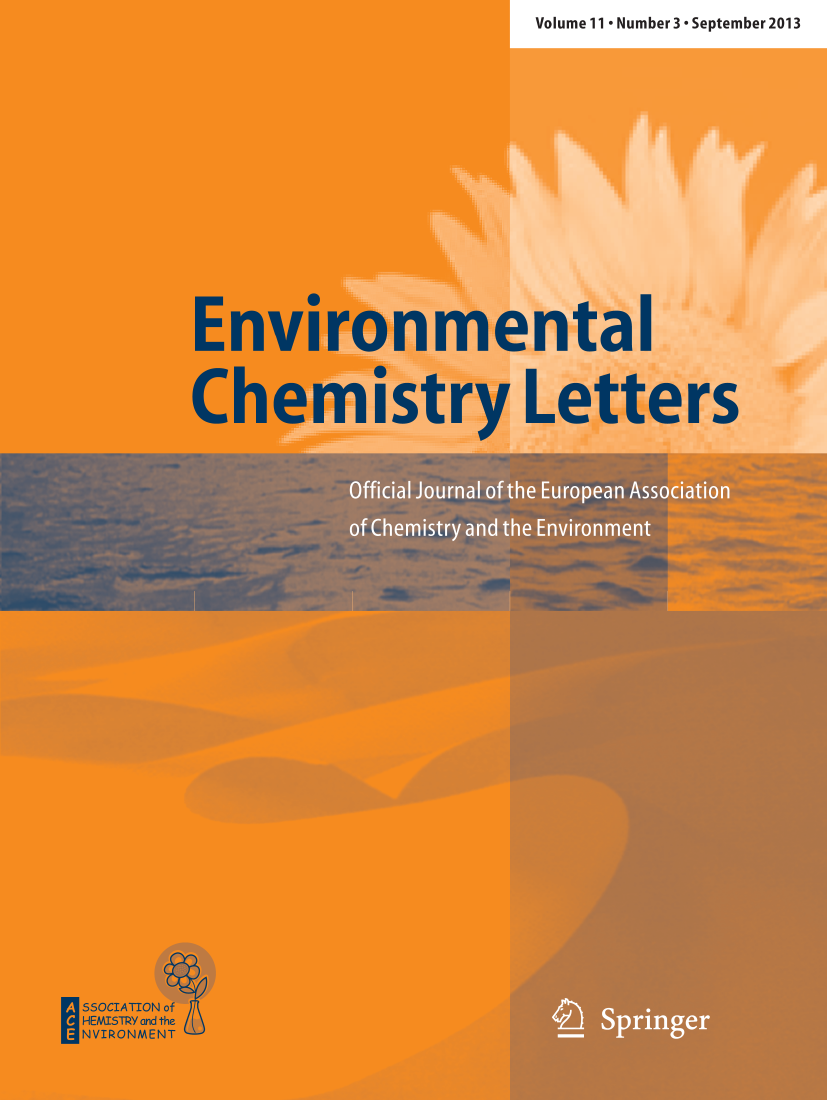微塑料会影响人体的免疫防御吗?
IF 20.4
2区 环境科学与生态学
Q1 CHEMISTRY, MULTIDISCIPLINARY
引用次数: 0
摘要
微塑料污染最近在全球范围内引起了严重关注,但其毒性影响仍未得到充分研究。微塑料与大多数污染物不同,它由多种聚合物组成,再加上分散在环境中表现出不同行为的添加剂。微塑料可以被微生物生物膜包裹并吸附其他污染物。当微塑料老化或聚集形成更大的颗粒时,使用当前的分析方法进行准确的检测和定量是有限的。因此,假阳性的出现给大气、水和土壤中微塑料的分析带来了很大的不确定性。简而言之,环境中的微塑料难以调查,因此使基于环境观察校准的免疫毒性实验具有挑战性。在这里,我们表明,基于毒理学实验的证据,微塑料对人体免疫系统的毒性对小微塑料和纳米塑料更高。相比之下,一些塑料,如聚乙烯,由于其结构与天然聚合物(如植物角质层蜡)相似,可能显示出低毒性。本文章由计算机程序翻译,如有差异,请以英文原文为准。
Do microplastics affect human immune defenses?
Microplastic pollution has recently raised serious concerns on a global scale, yet their toxic effects are still underexplored. Microplastics, unlike most pollutants, consist of a wide variety of polymers, combined with additives that exhibit varying behaviors when dispersed in the environment. Microplastics can be coated by microbial biofilms and adsorb other pollutants. When microplastics age or aggregate to form larger particles, accurate detection and quantification is limited using current analytical methods. As a consequence, the occurrence of false positives introduces large uncertainties in the analysis of microplastics in the atmosphere, water, and soil. In short, microplastics in the environment are hard to investigate, thus making immunotoxicity experiments calibrated on environmental observations challenging to carry out. Here, we show that the toxicity of microplastics on the human immune system is higher for small microplastics and nanoplastics, based on evidence from toxicological experiments. By contrast, some plastics such as polyethylene probably display a low toxicity due to their structural similarity with natural polymers such as plant cuticular waxes.
求助全文
通过发布文献求助,成功后即可免费获取论文全文。
去求助
来源期刊

Environmental Chemistry Letters
环境科学-工程:环境
CiteScore
32.00
自引率
7.00%
发文量
175
审稿时长
2 months
期刊介绍:
Environmental Chemistry Letters explores the intersections of geology, chemistry, physics, and biology. Published articles are of paramount importance to the examination of both natural and engineered environments. The journal features original and review articles of exceptional significance, encompassing topics such as the characterization of natural and impacted environments, the behavior, prevention, treatment, and control of mineral, organic, and radioactive pollutants. It also delves into interfacial studies involving diverse media like soil, sediment, water, air, organisms, and food. Additionally, the journal covers green chemistry, environmentally friendly synthetic pathways, alternative fuels, ecotoxicology, risk assessment, environmental processes and modeling, environmental technologies, remediation and control, and environmental analytical chemistry using biomolecular tools and tracers.
 求助内容:
求助内容: 应助结果提醒方式:
应助结果提醒方式:


